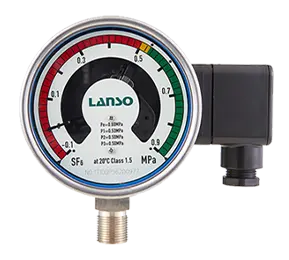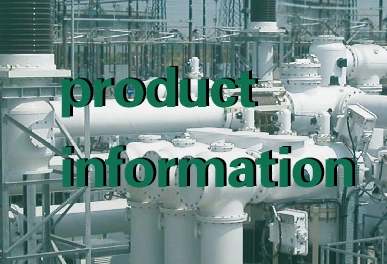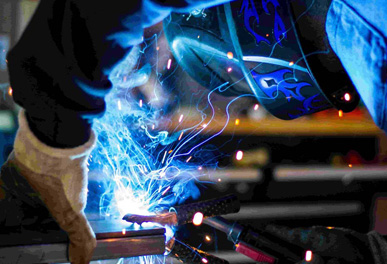In the power system, SF6 leak detection is a crucial task. However, over the past two years, we have often heard a question: why do those expensive SF6 leak detectors with sensitivities1ppm not perform better in field testing compared to the few-thousand-yuanSF6 monitoring systems? The core of this issue involves several concepts: sensor response time and system response time, static sensitivity and dynamic sensitivity.
SF6 monitoring system response time
SF6 monitoring system response time consists of two parts: the time for air flow to pass through the sensor and the response time of the sensor itself. The time for air flow to pass through the sensor depends on the length of the conduit and the power of the suction pump. In general, with a 2-meter-long conduit and a 1 liter per minute pump, the time for air flow to pass through the sensor is about 1 second. The response time of the sensor itself refers to the time required for the sensor to accurately measure the concentration of SF6 gas, and different sensors have significant differences in response time, ranging from milliseconds to minutes.
Static sensitivity and dynamic sensitivity of SF6 monitoring systems
Many instruments usually refer to statically calibrated sensitivity in laboratory publicity, which is calibrated using a mixture of nitrogen andSF6. This sensitivity does not take into account the response time of the leak detector and the influence of various interfering gases in the surrounding environment. During actual on-site measurement of SF6 leaks, the detection probe is moved at a speed of about 1 centimeter per second to 3 centimeters per second. Considering that the concentration of SF6 gas around the leak point is distributed in a gradient, two leak detectors with the same static sensitivity will produce more accurate measurements for the instrument with a faster response time, while the one with a slower response time will produce smaller measurements.
Dynamic sensitivity of SF6 monitoring systems considering multiple factors
Dynamic sensitivity takes into account the influence of surrounding interfering gases as well as the system response time. Some sensors are broad-spectrum and are sensitive to not only SF6 gas but also other gases or water vapor in the air, which significantly reduces the sensitivity of certainSF6 leak detectors. Therefore, dynamic sensitivity depends on static sensitivity, system response time, and the selectivity of sensors.
In conclusion, only leak detectors with high static sensitivity, fast response time, and good selectivity can achieve higher dynamic sensitivity in actual testing conditions. The importance of the response time of SF6 monitoring systems lies in its direct impact on the accuracy and reliability of the instrument under complex and sudden field conditions. When selecting SF6 monitoring systems, considering these factors comprehensively will help ensure high-level performance of the system.
Related Article for Reference
Measurement Accuracy of Various Pressure Gauges
The pressure gauge uses the elastic deformation of the sensitive elements (Bourdon tube, Capsule, Bellows) in the watch, and the pressure deformation is transmitted to the pointer by the conversion me...
Mon 02 2021







